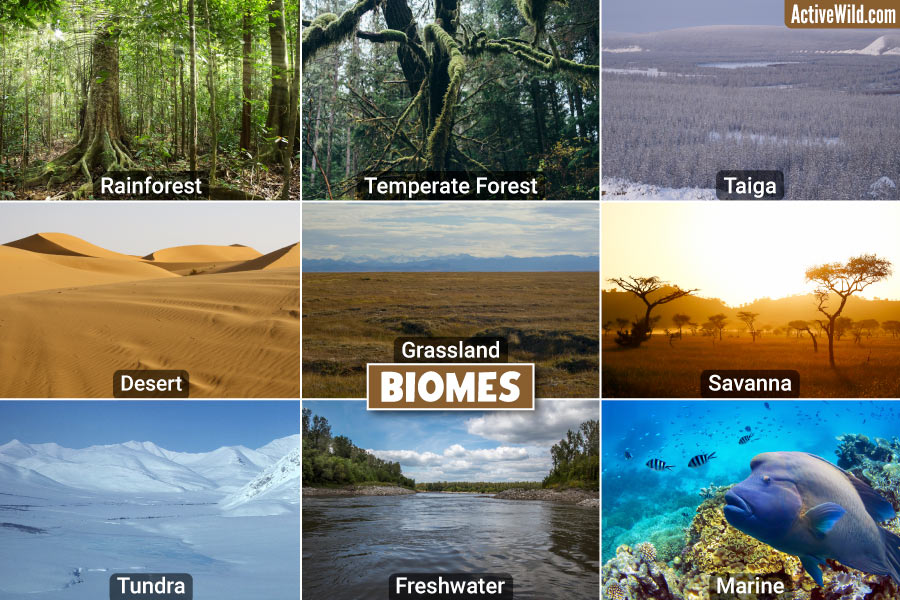Different regions of Earth are categorized into biomes, depending on shared factors such as physical geography and climate. On this page we look at what a biome is, and the main types of biomes found on Earth.
Page Index
- What Is A Biome?
- What Are The Main Types Of Biomes?
- What Is The Difference Between Biome And Habitat?
- Tropical Rainforest Biome
- Temperate Forest
- Desert
- Tundra
- Taiga / Boreal Forest
- Grassland
- Savanna Biome
- Freshwater Biome
- Marine Biome
- Shrubland Biome
What Is A Biome?
A biome is a large community of plants and animals that occupies a distinct region defined by its climate and geography. Biomes are characterized by specific types of vegetation and animal life which have adapted to the conditions of the area, which include temperature, soil type, and amount of light and rain. Each biome plays a crucial role in the Earth's overall ecosystem.
Several different types of biomes have been identified. Each is characterized by distinct climate conditions and supports unique ecosystems of plants and animals.
Listed below are the most frequently-used types of biomes. Each type is covered in further detail further down the page.
What Are The Main Types Of Biomes?
- Tropical Rainforest: Found near the equator, tropical rainforests are hot and humid all year round. The tropical rainforest biome is the world's most biodiverse terrestrial biome and is home to a vast number of plant and animal species.
- Temperate Forest: Located in North America, Europe, and Asia, temperate forests experience all four seasons and are a mix of deciduous and evergreen trees.
- Desert: Deserts are arid (dry) regions with drastic temperature swings and are home to uniquely adapted animals and plants.
- Tundra: The tundra is the coldest biome on Earth, and is characterized by long winters, low biodiversity, permafrost (permanently-frozen ground) and animal and plant species with special adaptations for living in these inhospitable conditions.
- Taiga (Boreal Forest): Located in high latitudes, the taiga biome (also known as boreal forest) consists of forests primarily composed of coniferous trees, and has a long, cold winter with a correspondingly short growing season.
- Shrubland: also known as chaparral or Mediterranean biome, the shrubland biome is characterized by hot, dry summers and mild, wet winters, supporting a plant community dominated by dense, hardy shrubs and small trees.
- Grassland: Grasslands are characterized by landscapes dominated by grasses, with few, if any, trees.
- Savanna: Located in Africa, South America, and Australia, savannas are open woodlands with trees separated by grasses.
- Freshwater Biomes: Freshwater biomes include rivers, lakes, and wetlands.
- Marine Biomes: Marine biomes encompass the world's oceans, coral reefs, and estuaries.
What Is The Difference Between Biome And Habitat?
A biome refers to a large ecological area on the planet's surface with similar climate conditions, such as temperature and rainfall patterns, that can be broadly categorized into types like deserts, forests, or tundra. It is made up of various ecosystems and is characterized by distinctive vegetation, wildlife, and climate conditions.
A habitat, on the other hand, is the specific environment within a biome where a particular organism lives. It is the immediate home of a living organism, and it includes physical factors such as soil, moisture, range of temperature, and availability of light, as well as biotic factors such as the availability of food and the presence of predators. For example, within the forest biome, a bird's habitat could be the specific type of tree where it builds its nest.
Tropical Rainforest Biome

The tropical rainforest biome is characterized by high temperatures and high rainfall year-round, with no distinct dry season. Tropical rainforests are found near the equator, with major rainforests located in South America (the Amazon), Central Africa (the Congo), and Southeast Asia.
The tropical rainforest biome is the most biodiverse terrestrial biome. Rainforests host a tremendous variety of plant species, including numerous types of trees, vines, ferns, and flowering plants. Many trees in the rainforest grow to great heights, creating a layered structure consisting of (from highest to lowest) the emergent layer, canopy, understory, and forest floor. The canopy layer forms a dense roof that shades the forest floor and harbors a wealth of animals and plants.
Animal life in the tropical rainforest is incredibly diverse and includes numerous species of insects, birds, reptiles, and mammals. Creatures like monkeys, parrots, jaguars, and poison dart frogs are well-known inhabitants of these forests, but there are countless other species, many of them not yet discovered or studied by scientists.
Despite covering only a small portion of the Earth's surface, tropical rainforests are critical for the health of the planet. They play a significant role in maintaining global climate patterns and are home to an estimated half of all species on Earth. However, these forests are threatened by deforestation due to logging, mining, and agriculture, particularly the cultivation of palm oil and cattle ranching.
You can find out more about the tropical rainforest biome on this page: Rainforest Biome Facts
You can see examples of rainforest animals on this page: Rainforest Animals
You can see examples of rainforest plants on this page: Rainforest Plants
Temperate Forest

The temperate forest biome consists of forests that grow in the temperate zones (the region located between the tropics and the polar regions) of both hemispheres. This biome is found in North America, Europe, Asia, and parts of Australia and New Zealand in the Southern Hemisphere. Temperate forests experience four distinct seasons.
Temperate forests are dominated by broadleaf deciduous trees, such as oak, maple, beech, and birch, which lose their leaves in the fall to conserve water during the cold winter months. Some regions of temperate forest also include evergreen conifers. The forest floor hosts a variety of ferns, mosses, and fungi, along with a rich layer of decaying leaves that contributes to the fertility of the soil.
Animal life in temperate forests is diverse. Mammals in these regions range from small creatures like squirrels, rabbits, and foxes to larger animals such as deer and bears. Many bird species inhabit these forests, some year-round and others migrating with the changing seasons. Amphibians and reptiles, like frogs, salamanders, and snakes, are also common, as are a variety of insects and spiders.
The temperate forest biome, with its rich soil and diverse plant and animal life, is an essential global resource. It plays a significant role in carbon sequestration, and it's also a primary source of timber and other forest products for human use.
You can find out more about forests on this page: Forests
Discover forest animals on this page: Forest Animals
You can find out more about temperate rainforests on this page: Temperate Rainforest Facts
Desert
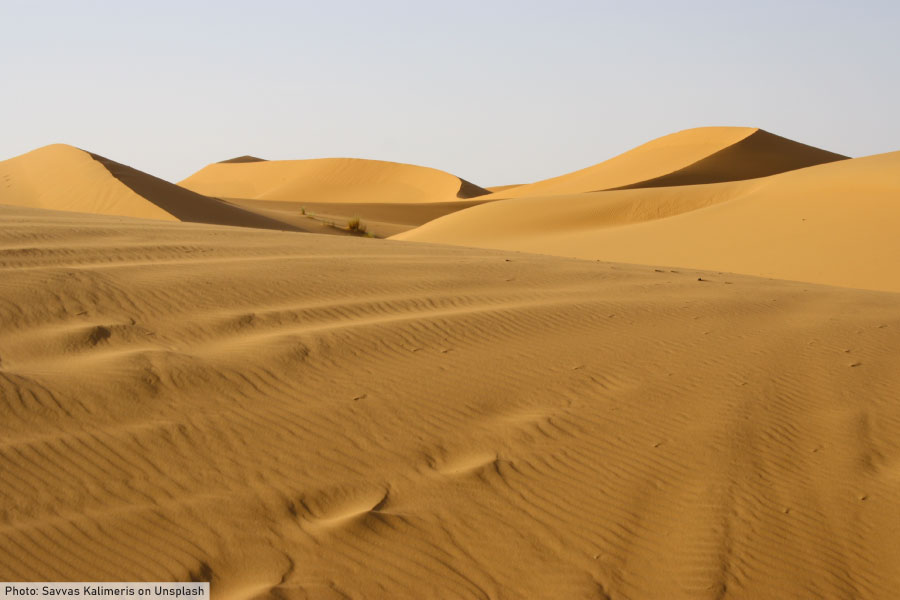
The desert biome is characterized by low precipitation, with deserts often experiencing less than 25 cm of rain per year, and extreme temperature fluctuations between day and night. Deserts can either be “hot” (e.g., the Sahara Desert in Africa and the Sonoran Desert in North America) or “cold” (e.g., the Gobi Desert in Asia)
Despite the harsh conditions, deserts are home to a variety of specially adapted plants and animals. Plant life in deserts often includes cacti, succulents, and hardy shrubs, all of which have adapted to conserve water and withstand extreme temperatures. Cacti, for example, have thick, waxy skins to reduce water loss, and store water in their tissues to survive during periods of drought.
Animal life in the desert is equally adapted to the harsh environment. Creatures such as camels, snakes, lizards, scorpions, coyotes, and various rodents have developed unique ways to survive the extreme conditions. Many desert animals are nocturnal, active during the cooler night hours, and have adaptations for conserving water, such as highly efficient kidneys.
Deserts cover about one-fifth of the Earth's surface and are found on every continent.
You can find out more about the desert biome on this page: Desert Biome
You can see examples of desert animals on this page: Desert Animals
You can see examples of desert plants on this page: Desert Plants
Other desert pages on Active Wild:
Deserts Of The World List: 20 Famous Deserts, With Facts, Pictures & Information
North American Deserts: Facts On The Four Major Deserts Of North America
Tundra
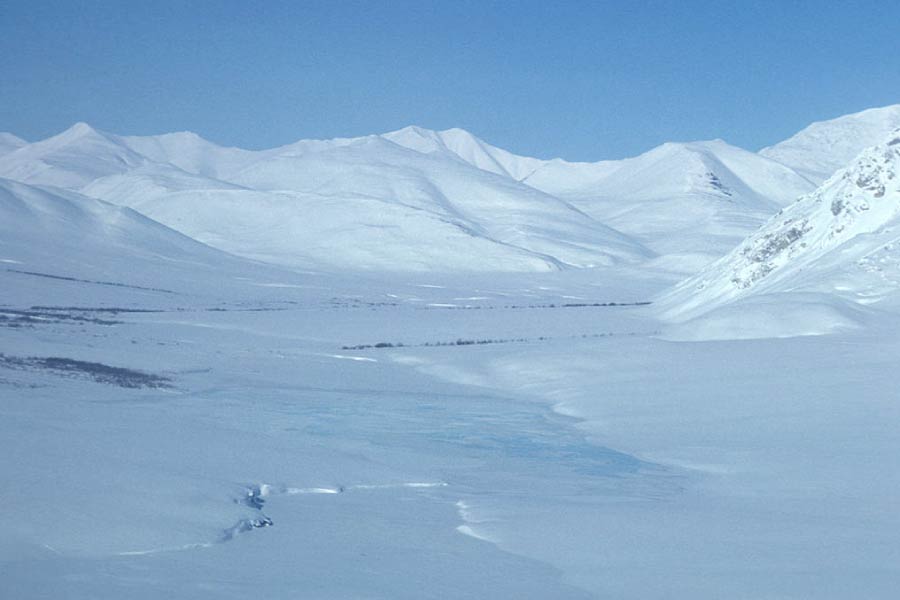
The tundra biome is the coldest of all the biomes and is characterized by a treeless landscape and a layer of permanently frozen subsoil, which is known as permafrost.
Tundra is primarily found in the high latitudes of the northern hemisphere, encircling the North Pole and extending to the taiga biome. This biome also exists at high altitudes in mountains, where it is known as alpine tundra, and on Antarctica.
Plant life in the tundra includes mosses, lichens, grasses, and dwarf shrubs, all of which are adapted to withstand extreme cold and high winds.
Animal species in the tundra have likewise adapted to the harsh environment. Tundra mammals include the Arctic fox, polar bear, caribou, and snow hare. The tundra is the breeding ground of many bird species, most of which migrate to warmer regions during the winter.
Despite its harsh conditions and relative lack of biodiversity, the tundra plays a crucial role in the world's climate regulation and is particularly sensitive to the effects of climate change.
You can find out more about the tundra biome on this page: Tundra Biome
You can see examples of tundra animals on this page: Tundra Animals
Taiga (Boreal Forest)
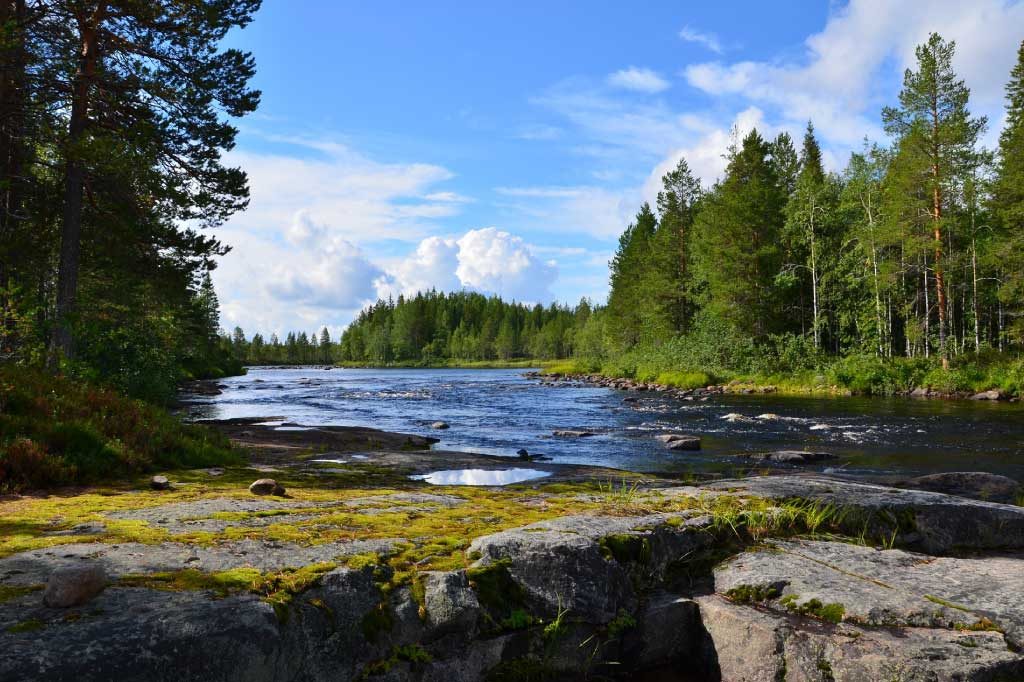
The taiga, also known as boreal forest or coniferous forest, is the largest terrestrial biome. It is primarily located in high northern latitudes around the globe, including parts of North America, Europe, and Asia. The climate of the taiga is characterized by long, cold winters and short, mild summers.
The taiga is dominated by evergreen trees, primarily conifers such as spruce, fir, and pine. These trees have needle-like leaves and a conical shape, adaptations that help them shed heavy snow and resist the cold. The soil in the taiga tends to be thin and nutrient-poor, with a layer of permanently frozen soil, or permafrost, existing in the northernmost regions.
Animal life in the taiga has adapted to its harsh climate. Mammal species include lynx, bears, wolves, deer, elk, and small mammals such as voles and squirrels. Many bird species either inhabit the taiga year-round or migrate there for the summer breeding season. These include owls, hawks, and various songbirds.
The taiga plays a significant role in climate regulation and is a critical carbon sink due to its vast forests.
You can find out more about the taiga biome on this page: Taiga Biome
You can see examples of taiga animals on this page: Taiga Animals
You can see examples of taiga plants on this page: Taiga Plants
Grassland
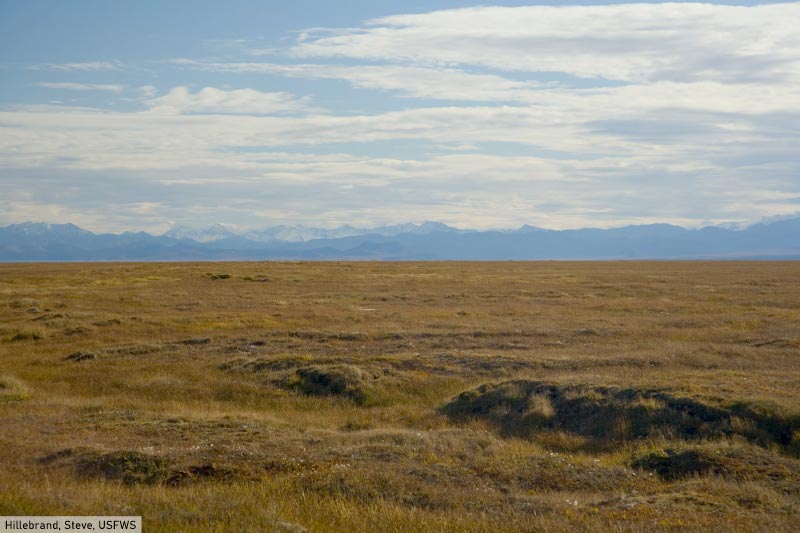
The grassland biome consists of large, open terrains dominated by grasses (grasses are flowering plants in the family Poaceae), with few, if any, woody plants such as trees and shrubs.
Grasslands have fertile soil and moderate rainfall. They typically have a wet and dry season and experience frequent fires, which help to maintain the grass dominance and prevent the encroachment of trees and shrubs.
Grasslands are found on every continent except Antarctica and are typically located in the interior regions of continents, away from the cooling influence of the ocean. They occur in both tropical and temperate regions.
Examples of grasslands include the American Great Plains, the pampas of South America, and the steppes of Eurasia.
You can find out more about the grassland biome on this page: Grassland Biome
You can see examples of grassland animals on this page: Grassland Animals
Savanna Biome

The savanna biome is characterized by a mix of grasses and scattered trees, forming an open woodland. Savannas are typically found near the equator, primarily in Africa, but also in South America, India, and Australia. The climate of the savanna features a distinct wet and dry season, with the dry season seeing frequent fires that help maintain the grassland and prevent the spread of the forest.
Plant life in the savanna includes various grass species, and trees such as acacia, baobab and eucalyptus (in Australia). Savanna plants must be able to withstand long periods of drought.
Savannas are known for their rich wildlife, particularly large mammals. African savannas are home to many of the world's most recognizable animals, including lions, elephants, giraffes, zebras, cheetahs and wildebeests.
Freshwater Biome
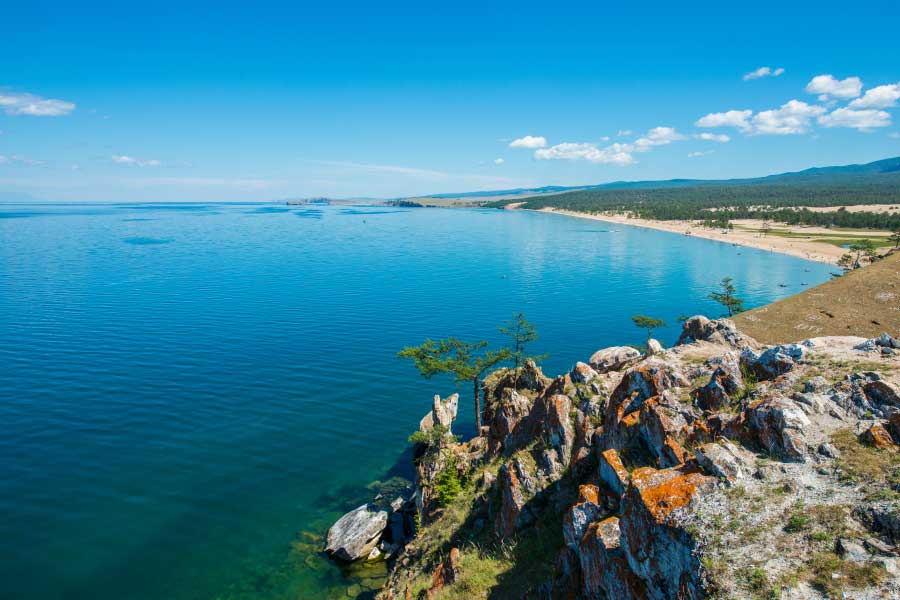
The freshwater biome encompasses all the bodies of fresh water around the globe, including rivers, lakes, ponds and wetlands. Unlike marine biomes, freshwater biomes have low salt concentration. Freshwater covers only between 1% and 2.5% of the Earth’s surface.
Freshwater biomes are vital for a wide variety of life. The plant life in these areas ranges from small aquatic plants and grasses to larger species such as reeds and water lilies.
Freshwater habitats are home to various species of fish, amphibians, reptiles, birds, and mammals. Insects are particularly numerous, including species like dragonflies, mosquitoes, and water striders.
Freshwater biomes also play a crucial role for humans, providing water for drinking, irrigation, and hydroelectric power.
You can find out more about the freshwater biome on this page: Freshwater Biome
You can see examples of freshwater animals on this page: Freshwater Animals
Marine Biome
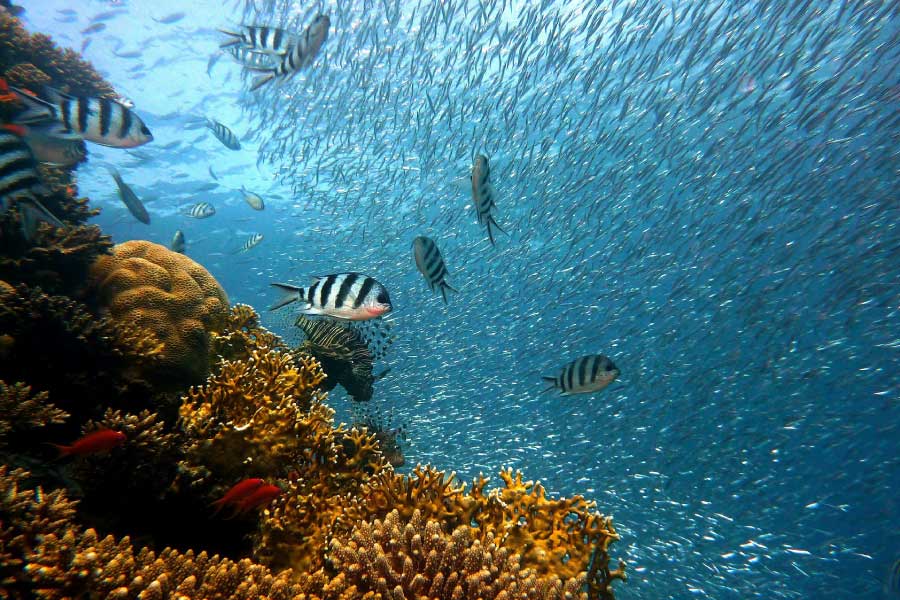
The marine biome is the largest biome on Earth, covering about 70% of the planet's surface. It includes the five main oceans (Atlantic, Pacific, Indian, Arctic, and Southern), as well as smaller seas, bays, and estuaries. The marine biome is characterized by its saltwater environment and varies greatly in temperature, pressure, and light availability, with conditions becoming more extreme as depth increases.
The marine biome supports a wide variety of life forms. At the surface, where sunlight penetrates the water, there are diverse species of phytoplankton and seaweed, forming the base of many marine food chains. Coral reefs, often called the "rainforests of the sea," are particularly rich in biodiversity, supporting thousands of species within a small area.
Animal life in the marine biome is incredibly diverse. The ocean is home to a vast array of fish species (including sharks and rays); marine mammals such as whales, dolphins, and seals; sea turtles; invertebrates such as starfish, squid, crabs, and coral; and a wide variety of seabirds. The deep-sea regions, despite their harsh conditions, also host life, including unique species adapted to extreme pressure, low temperatures, and the absence of light.
You can find out more about the marine biome on this page: Marine Biome
You can see examples of ocean animals on this page: Ocean Animals
Shrubland Biome

Shrubland, also known as chaparral or scrub, is a biome characterized by hot, dry summers and cool, wet winters. The vegetation is dominated by dense shrubs and small trees, along with grasses and herbs. The soil tends to be shallow and rocky.
Shrublands are found in several regions around the world, including the Mediterranean Basin, parts of California in the United States (where it's often referred to as chaparral), central Chile, southwestern Australia, and the Western Cape of South Africa.
The plant species that thrive in shrublands have adapted to the harsh climate by developing deep roots for accessing water, thick bark to resist fires, and small, leathery leaves to reduce water loss. Examples include various types of oaks, manzanita, chamise, and scrub pines.
The animal species found in shrublands are also well-adapted to the conditions. Many are nocturnal or crepuscular to avoid the heat of the day. Examples include coyotes, jackrabbits, and various reptiles in the chaparral of California, while the Mediterranean shrublands are home to creatures like the Iberian lynx and the Mediterranean tortoise. Many bird species, such as scrub jays and quails, are also common.
You can find out more about the chaparral on this page: Chaparral Biome

